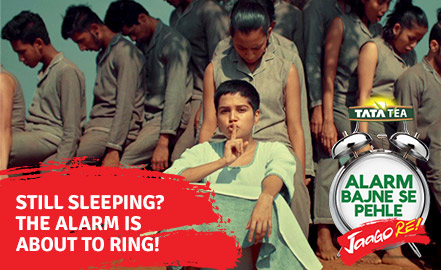So You Want Women’s Safety In Delhi?
Going by the saturated coverage it has received, the whole country as one is horrified and infuriated by the gang rape of the Delhi woman that took place in a chartered bus earlier this week. Opinions on TV, radio and the internet are flying thick and fast and now everyone has a point of view on women; their duties, their dress code, their demeanour, their situation and their safety. Some vote in favour of the death penalty or castration as the answer to rapists; others speak of the commodification of women and some cite globalisation as the cause for such happenings.
In all this, the one steady leitmotif has been the lack of police performance and the degree of police response to crimes against women. Contempt and bitter condemnation is being heaped upon their heads under the full glare of prime-time news coverage, which forced them to act quickly to nab some of the perpetrators. But this has also brought into sharp focus their everyday failures, attitudes and responses.
Delhi has not earned its reputation for being the rape capital of the country for nothing. There were 572 rapes in 2011. More rapes are reported from Delhi than from Mumbai, Kolkata, Chennai, Bangalore and Hyderabad combined. Thisis just the starting chapter of the whole story. It is well known that only a fraction of all rapes ever get reported. The everyday violence against women that takes place in their homes and the sexual harassment women face at the workplace is all too well hidden. Reasons for these incidents being hushed up range from the general subordinated status of women within our societies to the ‘shame’ and family dishonour associated with taking matters to the law. But one of the strongest factors for the continuation of this miserable state of affairs is women’s lack of trust and belief in the ability of the police to protect them and assist them in their suffering, assault and the discrimination against women.
A 2010 safety audit by Jagori, a respected women’s group, shows that public transport especially buses are seen as unsafe and are cited by the majority of women as a common site for harassment. The levels of sexual harassment have not been measured, but suffice it to say that, if men faced similar levels of harassment and violence it would be cause enough for a national emergency. Sexual harassment and violence that goes unpunished has an economic impact as much as a social one. Families don’t allow young women after a certain age to continue school, college is out of the question for many, work options get limited and because of the absence of women from the workforce the country loses millions in possible GDP.
With all the evidence before us, if after 65 years, for a democracy based on the rule of law to say it cannot protect its women or prevent crimes against women is unacceptable. The police may say that it is not them alone who are responsible for this state of affairs, but posing as victims of ‘the system’ hardly enhances confidence in their abilities to protect and serve.
In terms of the heinous Delhi rape, it isn’t that the police have not reacted to the situation. Across the country, police are teaming up to create community based contact programs, Delhi police have teamed up with local NGOs to hold gender sensitisation classes. Standard operating procedures for rape and other violence are being developed. But patch-work solutions across the country have not gone far enough nor been fast enough to change the situation on the street. Nor are they sufficiently bold, consistent and backed by the political will of the leadership to change the sub-culture that sees violence against women as being acceptable or because its ‘her fault’.
Foundations for change have to be built on strong pillars of performance evaluation and accountability within the police and the response to crimes against women must be factored in as a prime component of that. Attention to this will pave the way for further changes and will speed up the process.
The better protection of women is a piece within the better protection of all. It can’t improve unless the whole system of policing changes to respond to the public and not just to one segment. The question for us is… what is our vision of policing for the future and how can we contribute to make it happen?
-Navaz Kotwal, CHRI
Share this story on





